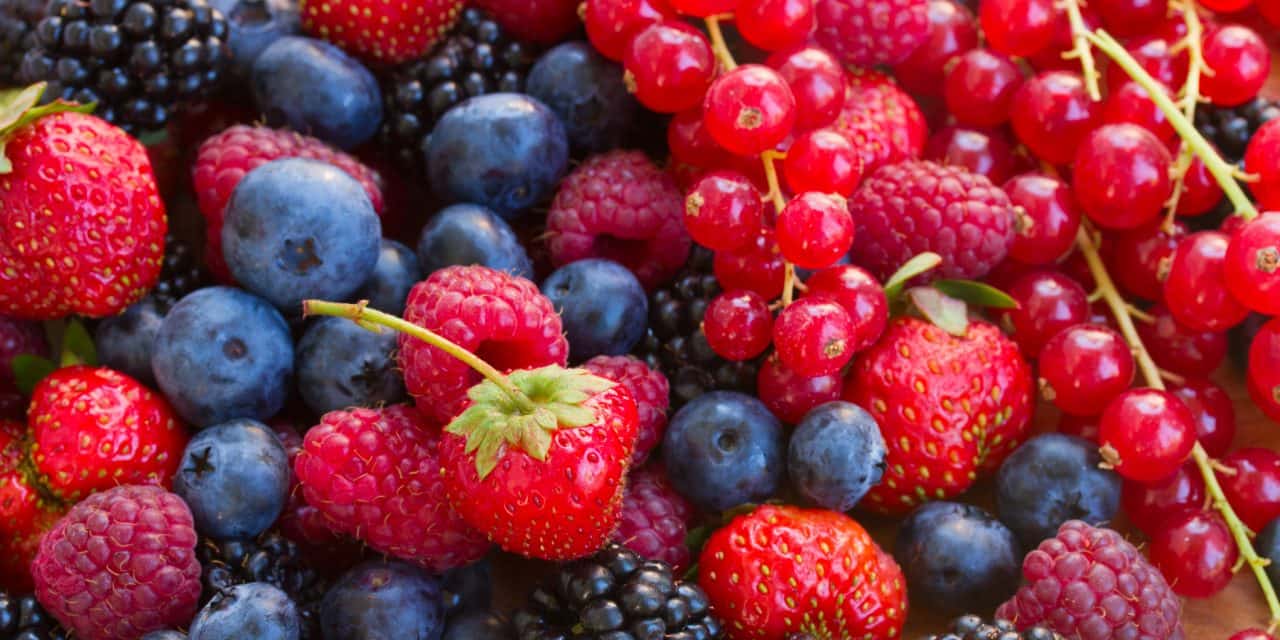Why is it important to harness superfoods?
At least half of our diet should comprise common superfoods. But what some of these superfoods?
I don’t want to burst the bubble about the concept of ‘superfoods’ because when you eat whole, fresh, local, organic vegetables, fruits, nuts and seeds with ethically reared/caught/culled meats and healthy fats, then add in plenty of water, exercise and joy, you are well on your way to feeling ‘super’.
Most fresh, whole foods contain many useful nutrients that we use to build and renew. There are so many foods that are in a class of their own when it comes to positive effects on health and aging. They may sometimes look a bit ordinary, but inside they are power-packed with antioxidants, vitamins, minerals, fiber, resistant starch and other phytonutrients to maintain and enhance function.
They often form part of traditional cures or folklore. To make the most of each mouthful in our slow aging diet, we should eat these superfoods whenever we can.
What are some common superfoods?
Common superfoods include:
- Berries (of all sorts)
- The Allium family (onions, shallots, leeks, garlic, chives, etc)
- The Crucifers (spinach, broccoli, bok choy, rocket cabbage, kale, etc)
- Legumes (beans, lentils, peas, sprouts, peanuts, etc)
- Whole nuts and seeds
- Probiotic yoghurt
- All fruits
- Dark chocolate
- Green tea
References
- The science behind superfoods: are they really super? (EUFIC) http://www.eufic.org/en/healthy-living/article/the-science-behind-superfoods-are-they-really-super
Last Reviewed: 24-Jun-2017
Ann-Mary Amber
Latest posts by Ann-Mary Amber (see all)
- This is why gut health is so important - 24/02/18
- Best antioxidants for skincare - 18/09/17
- CoQ10 health benefits - 09/07/17







